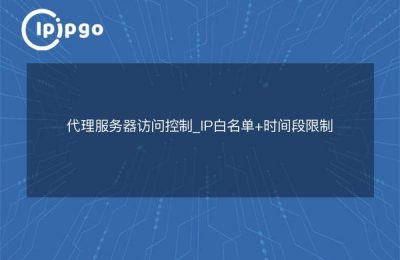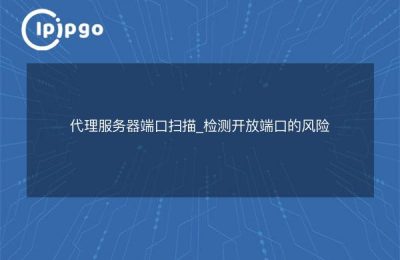
A reverse proxy server is an important component of the web that can help improve website performance, security, and reliability. This article will show you how to optimize a reverse proxy server and provide detailed deployment steps.
Optimization Recommendations
1. Cache settings
Reasonable configuration of reverse proxy server caching mechanism is very important to reduce server load and improve response speed. Depending on the characteristics of the website, you can set up different caching strategies, such as using different cache durations for static resources and dynamic content, as well as customized cache settings for specific pages or API interfaces.
2. Load balancing
Through the load balancing mechanism, requests can be distributed to multiple back-end servers, thus improving the overall processing capability and fault tolerance of the system. It is recommended to consider the performance indicators of the back-end servers and traffic distribution when using the load balancing algorithm to achieve a more balanced load distribution.
3. Security protection
When deploying a reverse proxy server, be sure to strengthen security measures, including setting up access control rules, filtering malicious requests, enabling SSL encryption, and other measures to protect the back-end server from malicious attacks and illegal access.
Deployment steps in detail
1. Selection of appropriate reverse proxy server software
First of all, you need to choose the reverse proxy server software that suits your needs, the common ones are Nginx, Apache HTTP Server, HAProxy and so on. According to the actual situation to choose performance, functionality and ease of use can meet the needs of the software.
2. Configure a reverse proxy server
Configure the reverse proxy server according to the actual situation, including listening ports, domain name binding, load balancing settings, caching policies and so on. Ensure the correctness and reasonableness of the configuration files, as well as the loading and enabling of related modules.
3. Testing and monitoring
After completing the deployment, be sure to conduct comprehensive testing, including basic functionality testing, stress testing, security testing, etc., to ensure the stability and reliability of the reverse proxy server. At the same time, you need to set up a monitoring system, real-time monitoring of the server's operating status and performance indicators, timely detection and resolution of problems.
With the optimization suggestions and deployment steps in this article, you can better understand the optimization methods and deployment process of reverse proxy servers, so that you can use reverse proxy servers more flexibly and efficiently in practical applications.








